March 1 - May 31, 2017
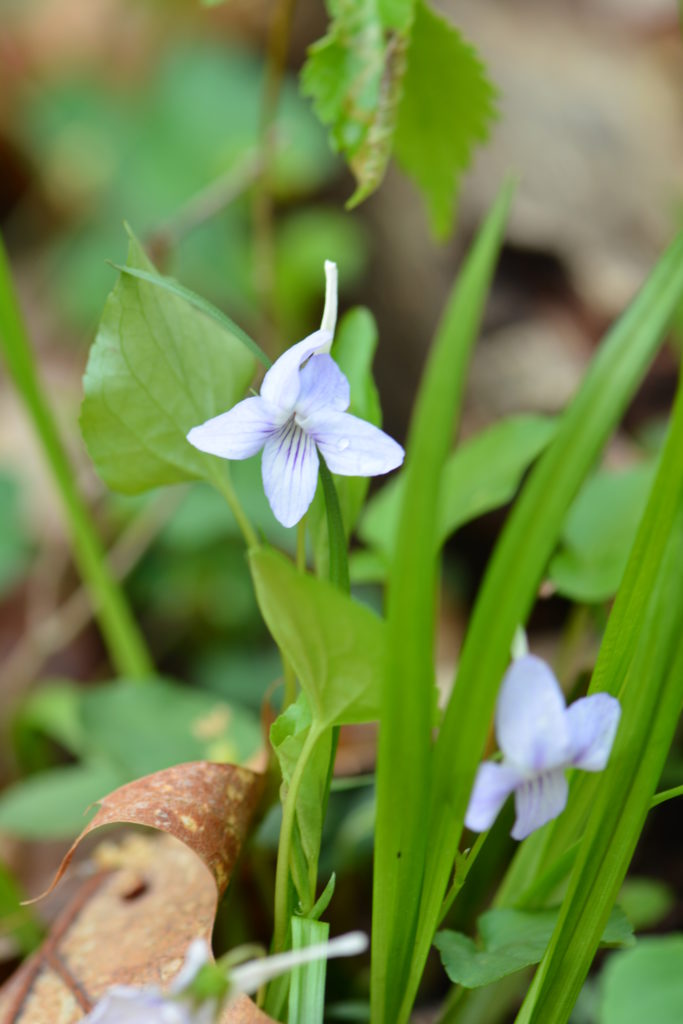
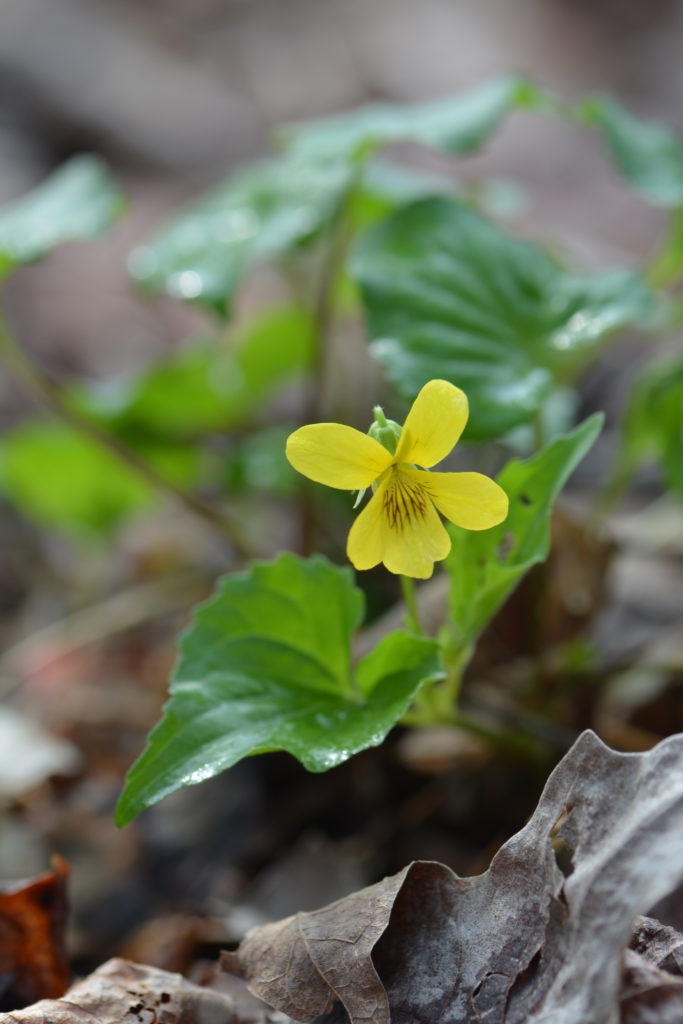
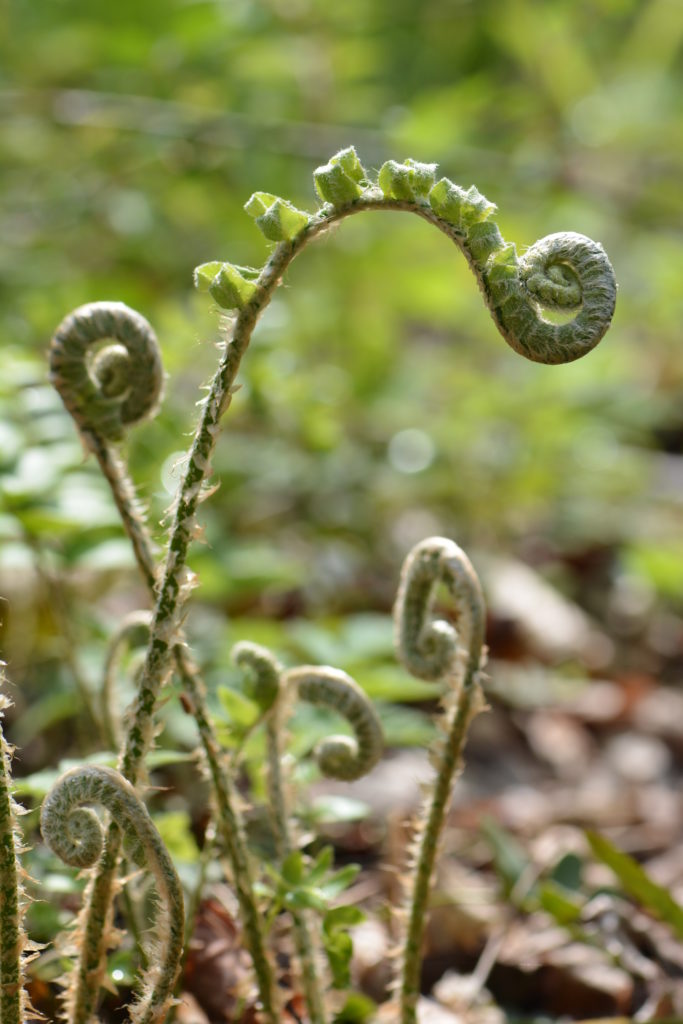
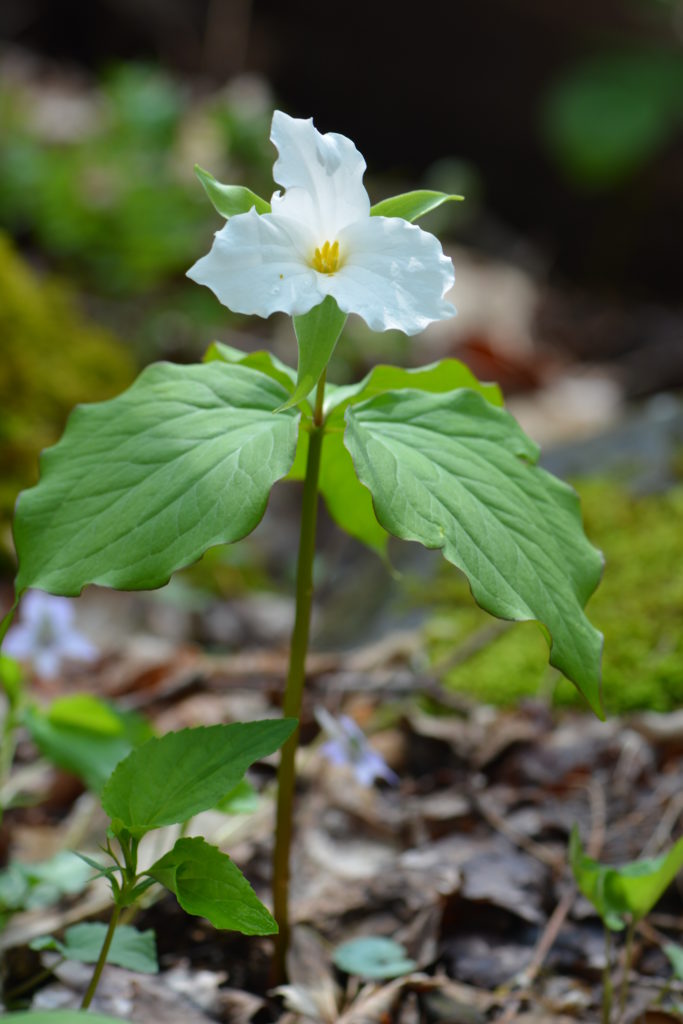
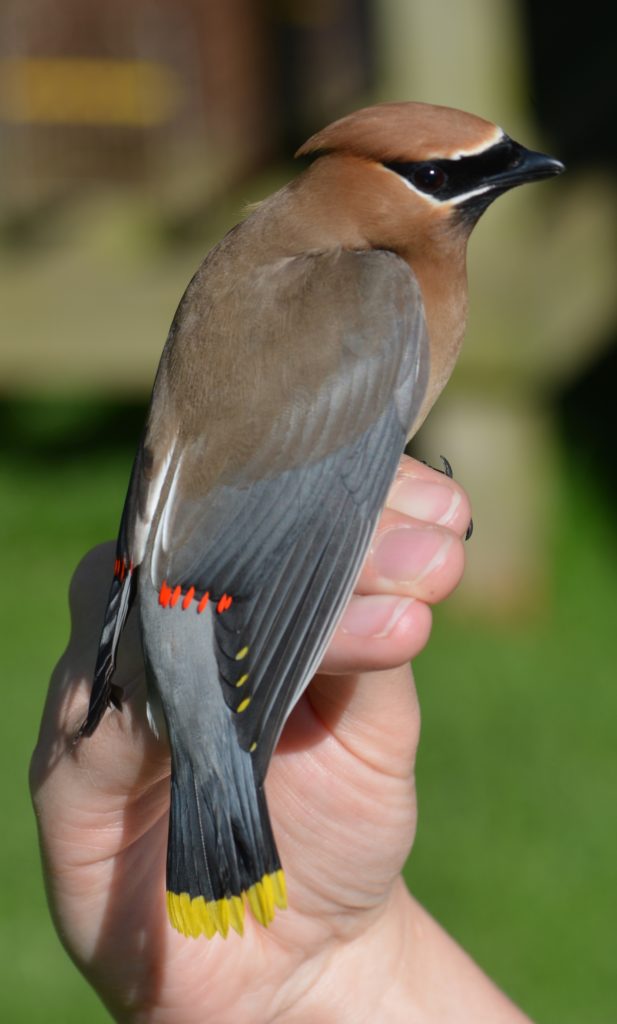
This Spring we banded 2,643 birds and processed another 1,179 recaptured birds for a total of 3,822. By the end of the season our species list for newly-banded birds totaled 98 with Cedar Waxwings as the clear winner for the most frequently banded species. We banded 771 Cedar Waxwings , all of them in May, over just 23 banding days. That's more than twice as many as we've ever banded in the spring, the next closest being 372 in 2012! Cedar Waxwings also represented 2 out of every 5 birds we banded in May (Total = 1884).
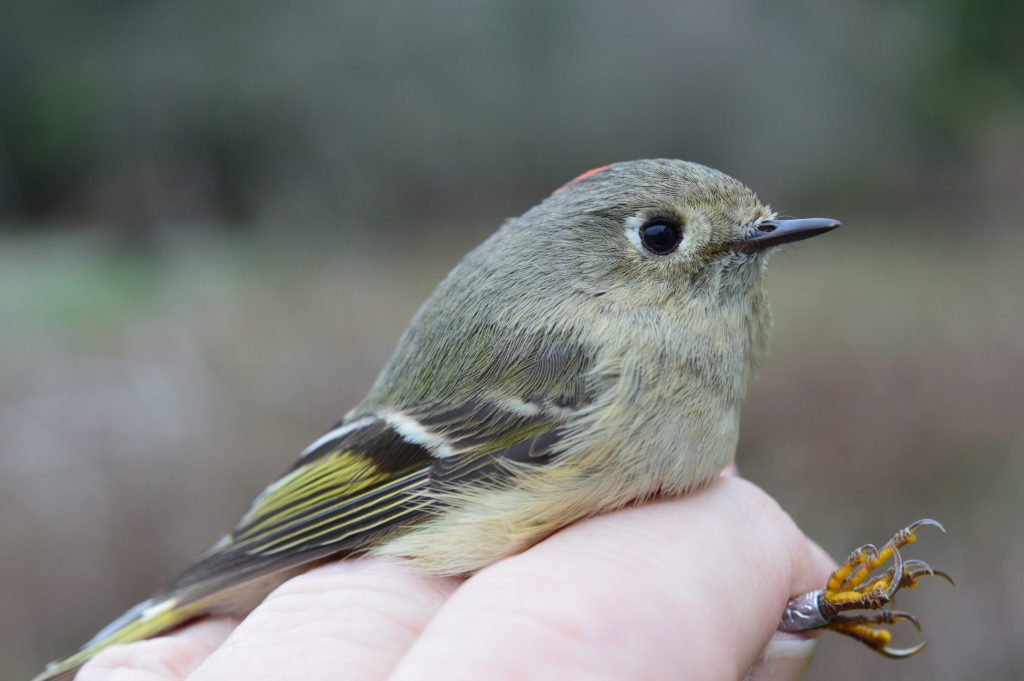
The rest of our Spring Top Ten most commonly banded species included: Ruby-crowned Kinglets (pictured here) in the #2 spot with 247 (a distant runner-up compared to the waxwing total); American Goldfinch (147); Magnolia Warbler (118); Red-eyed Vireo (109); Dark-eyed Junco (87); Gray Catbird (78); Swainson's Thrush (66); Ruby-throated Hummingbird (63) and Traill's Flycatcher (54).
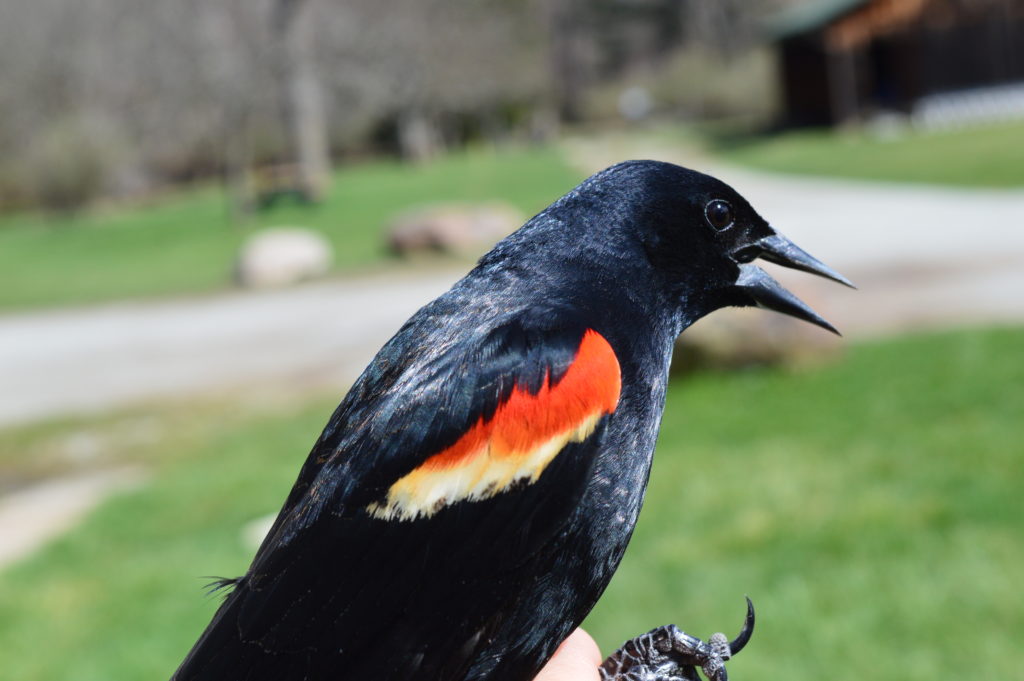
A true harbinger of Spring for the Northeast, we are always excited to see blackbirds returning to our area.
This handsome adult male from March 29th was one of 16 captured this Spring at Powdermill. Interestingly, this individual was a recapture, originally banded here as an after-second-year March 25, 2014. We saw him twice more in 2014 (April 19 and 26) and then not again until this encounter three years later. At the time of this photo, he was at least five years old.
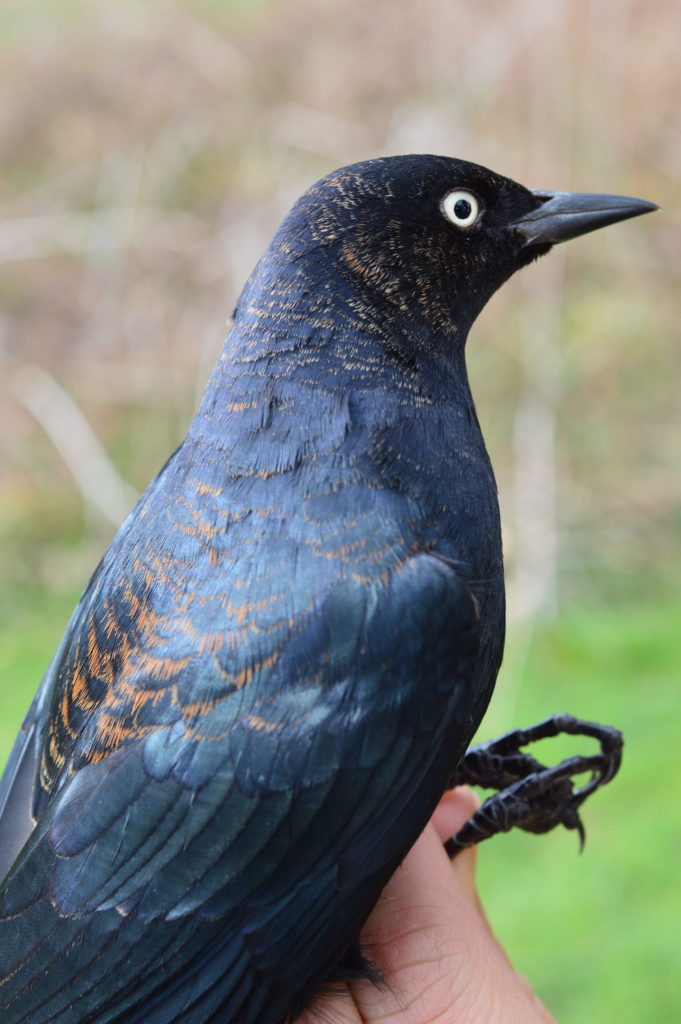
Rusty Blackbirds are always a "good" capture for us and far less common than the Red-winged Blackbirds, now more than ever. In the 1960's and 70's we banded 37 per year on average. Our average dropped to 25 in the 1980's, 9 through the 1990's and 2000's, to now less than one a year since 2010.
The decline in the number of Rusty Blackbirds here at Powdermill mirrors the long-term population trend which estimates that the species has declined by 89% between 1966 and 2014. This decline is thought to be the result of a "perfect storm" of threats including habitat loss, climate change, disease, and environmental contamination.
With Rusty Blackbirds becoming rarer each decade, we were lucky to band three this Spring, all males. This individual was banded on March 29 and we would find two more in our nets on April 20th.
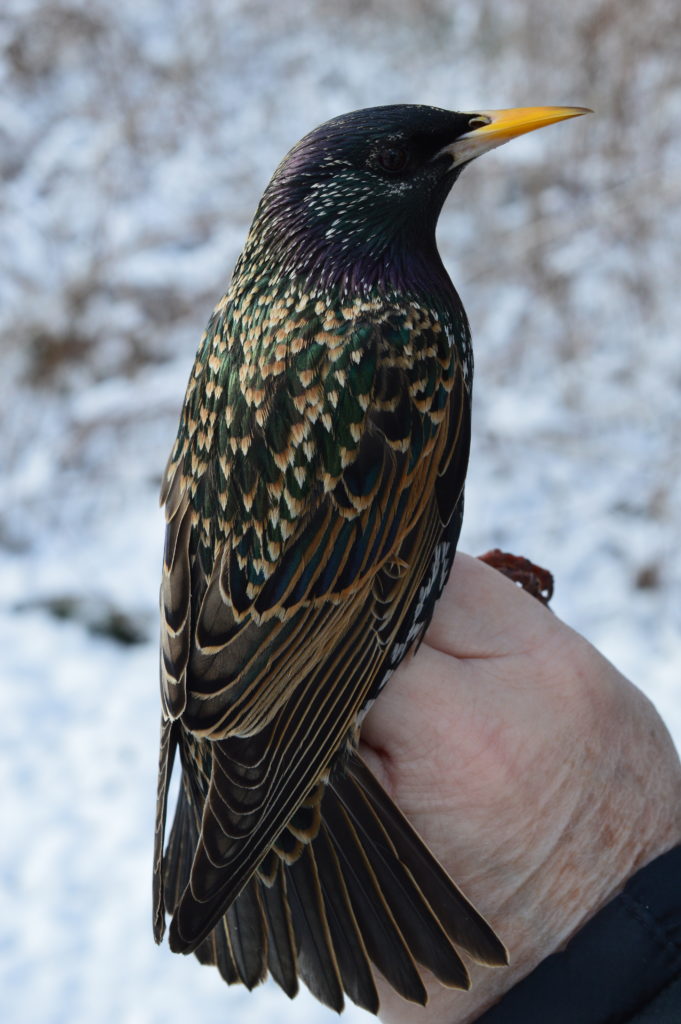
Another uncommon capture for us was this European Starling. Even more surprising, we caught her TWICE!-- banded on March 3rd and re-caught on May 16th, at which time she had an active brood patch (indicating that she was sitting on a nest).
Did you know that European Starlings were introduced into the United States by a group of Shakespearean enthusiasts who wanted to see all of Shakespeare's birds living in North America? This and every other starling are descendants from about 100 starlings released in New York City's Central Park in 1890 and 1891.
"The king forbade my tongue to speak of Mortimer. But I will find him when he is asleep, and in his ear I’ll holler ‘Mortimer!’ Nay I’ll have a starling shall be taught to speak nothing but Mortimer, and give it to him to keep his anger still in motion”. - Henry IV
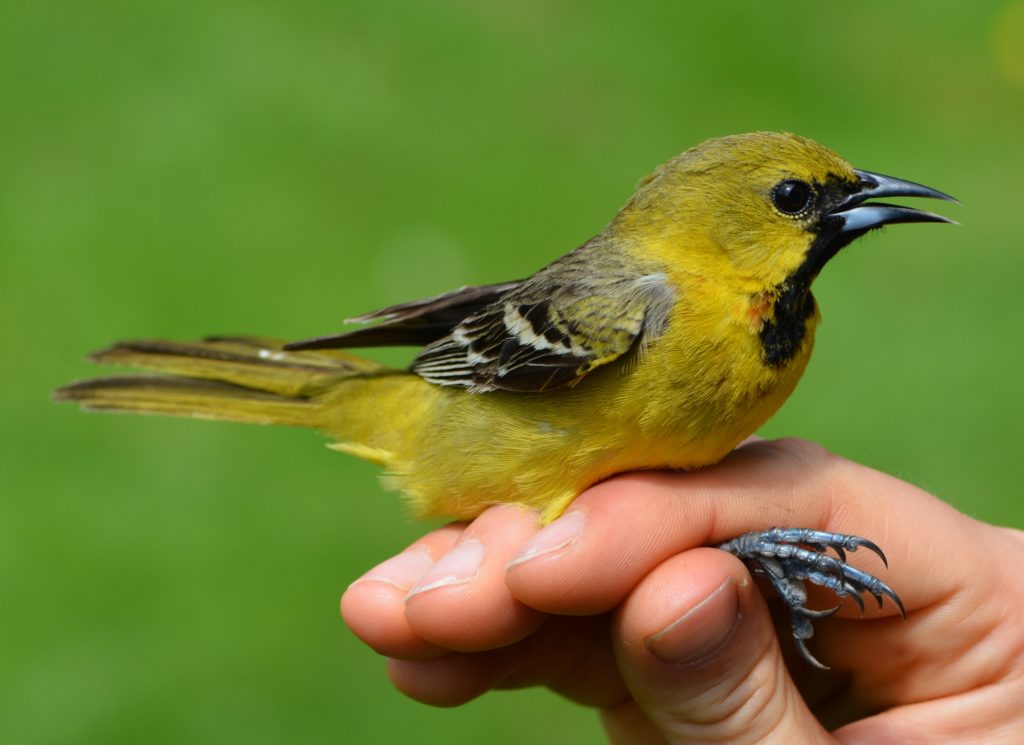
This young male (second-year, hatched in 2016) Orchard Oriole was one of four banded at the lab this Spring. All were young males. In addition, we banded seven Baltimore Orioles.
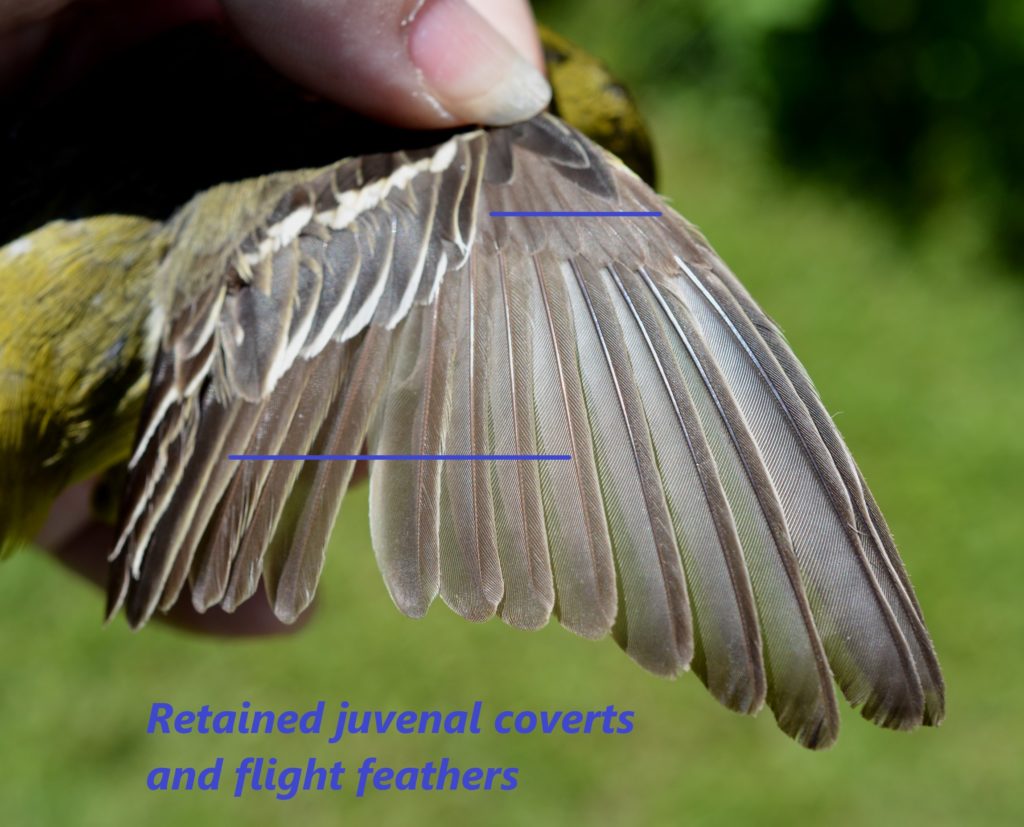
Last summer, this Orchard Oriole replaced some of its flight feathers in its first molt cycle, resulting in an "eccentric" molt pattern. Note that outer primaries and inner secondaries have been replaced, leaving an obvious block of retained juvenal feathers in the middle. The brown, worn primary coverts are also retained feathers grown in the nest.
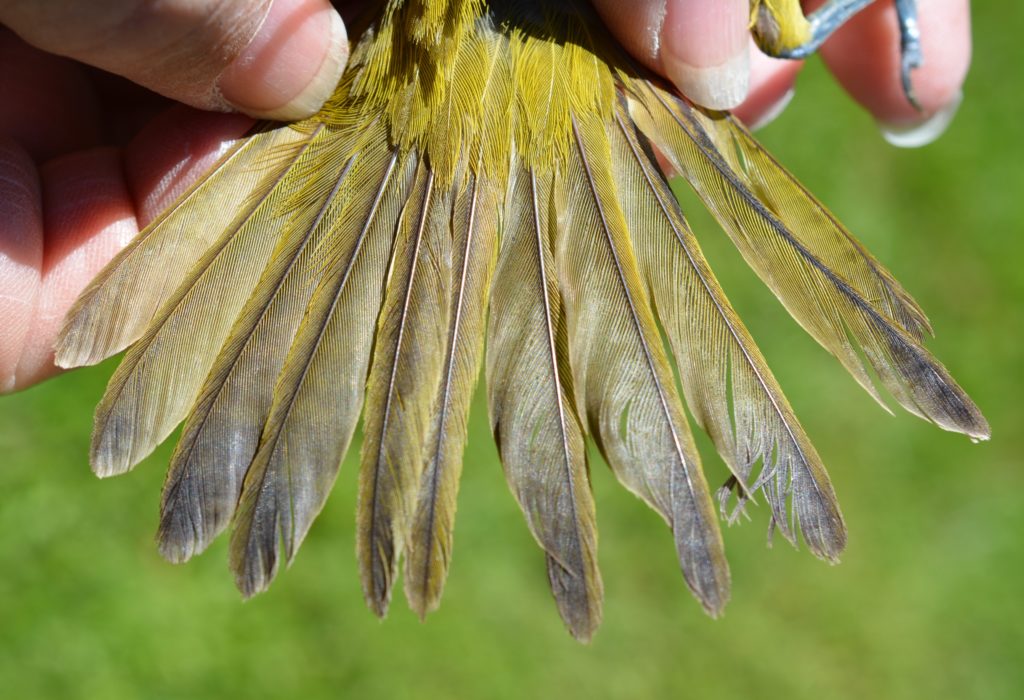
The tail of our second-year male Orchard Oriole.
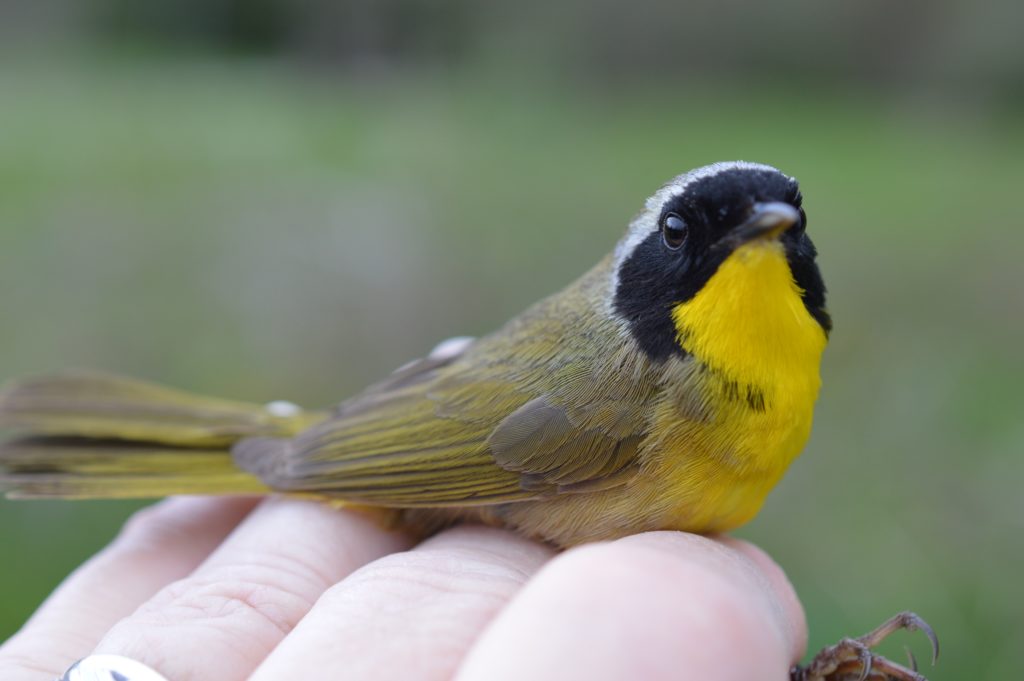
And of course, this being Spring, there were a few handsome warblers around as well. Realizing that we often don't think to post (or even take!) photos of our more "common" warblers, we made an effort to do so. This adult male Common Yellowthroat was one of 37 we encountered this Spring.
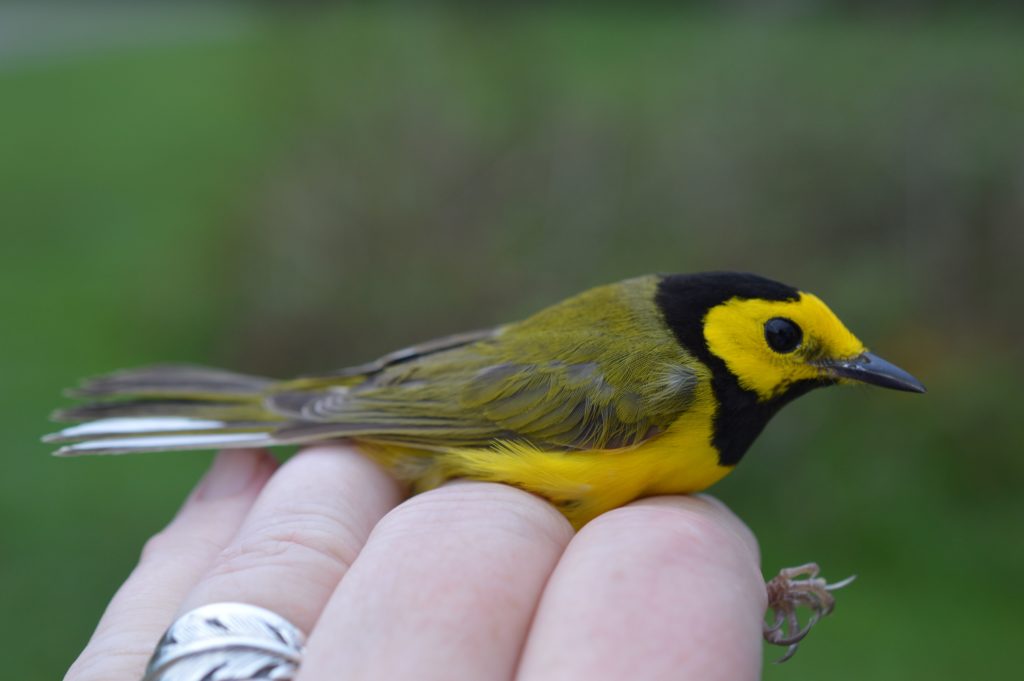
We banded 21 Hooded Warblers this season; pictured here is a second-year male from April 21st.

Another second-year male, this handsome Blue-winged Warbler was banded on April 27th. We banded 13 of this species during the Spring.

Occasionally, we are lucky enough to get both sexes of the same species in the lab together. This is always a good opportunity for comparison. Pictured here, from May 11, a second-year female Bay-breasted Warbler with her more colorful adult male counterpart, two of seven banded this season.
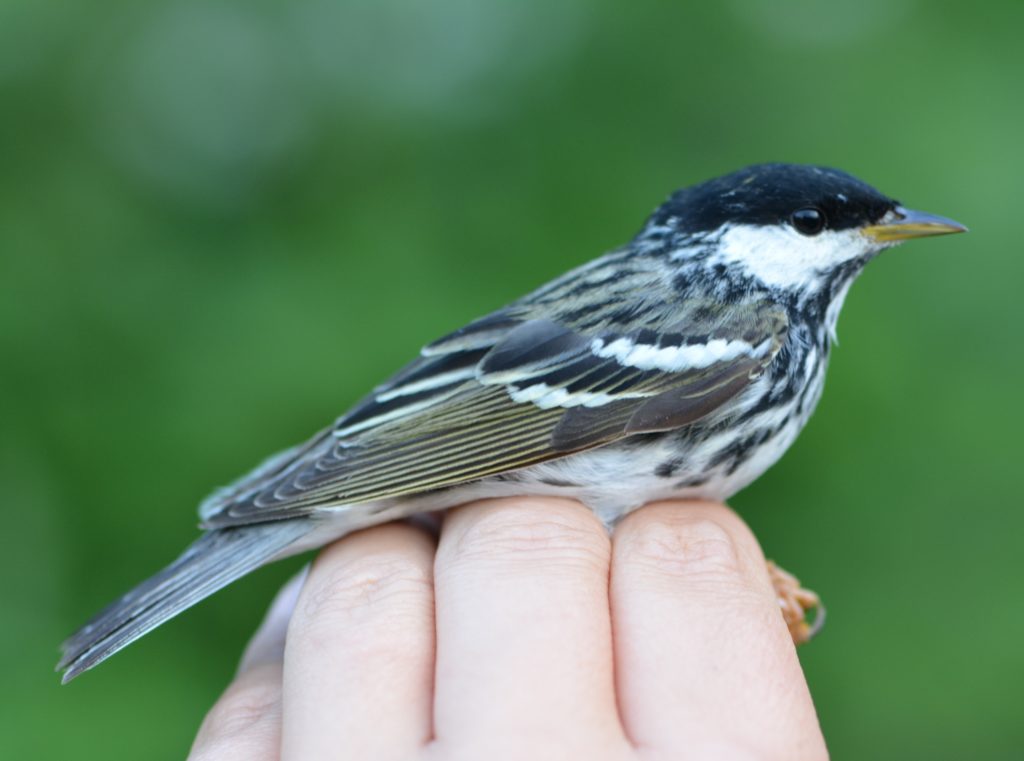
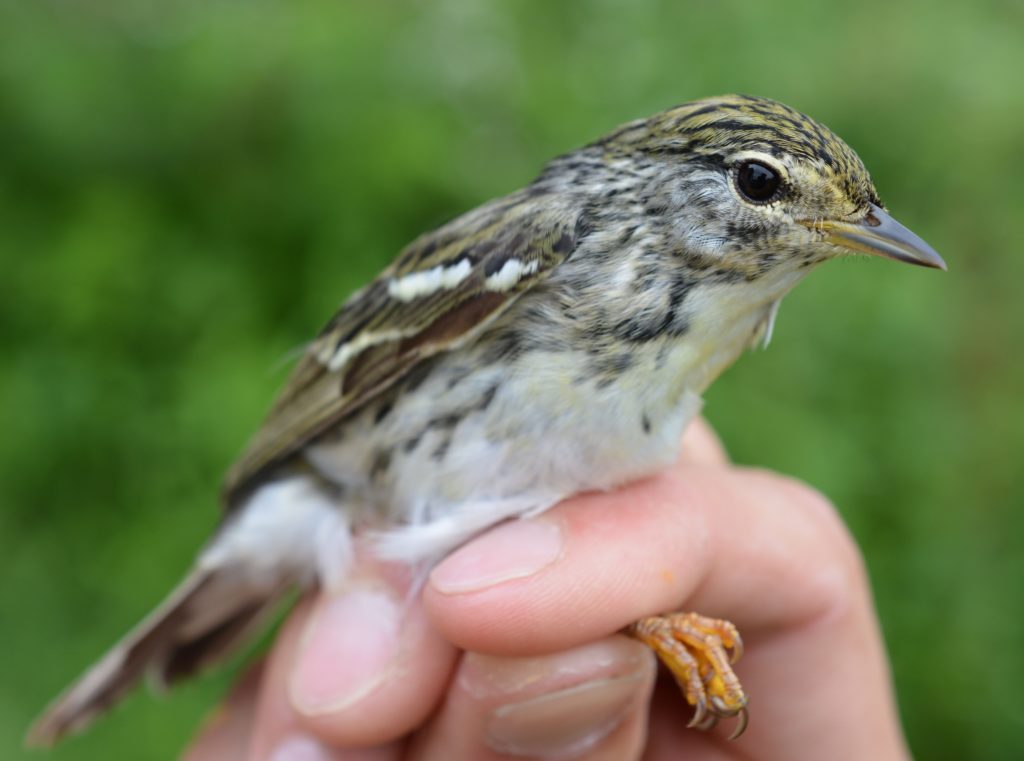
Another good comparison from May--Blackpoll Warblers (male and female), two of the seven we banded this Spring.
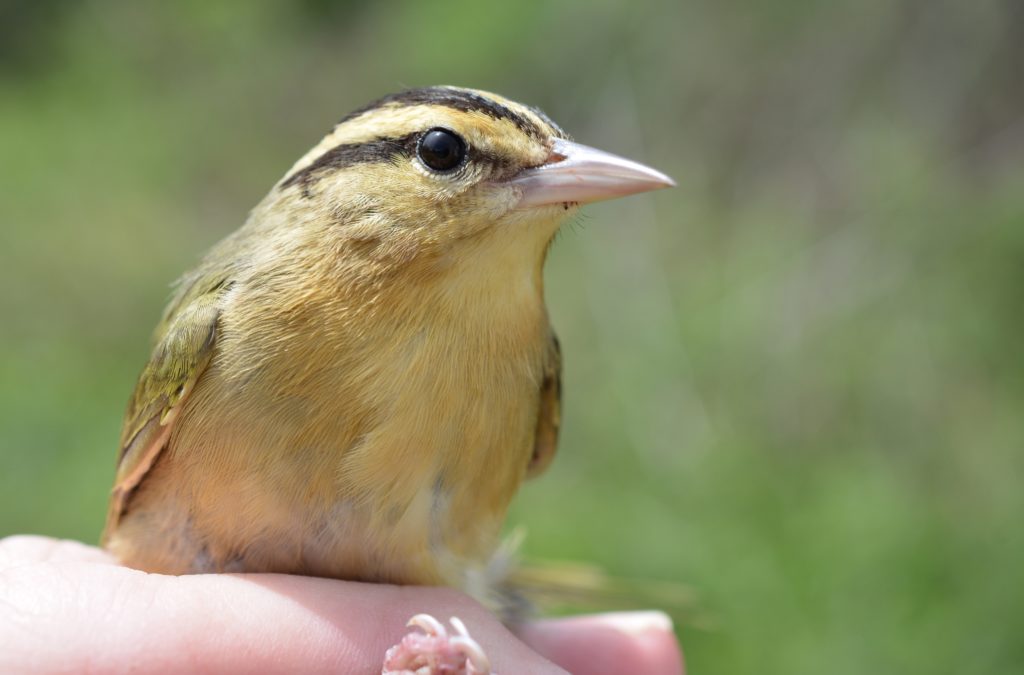
There are a few warblers that we band just once or twice per year, and occasionally miss, like this Worm-eating Warbler banded on April 28th.
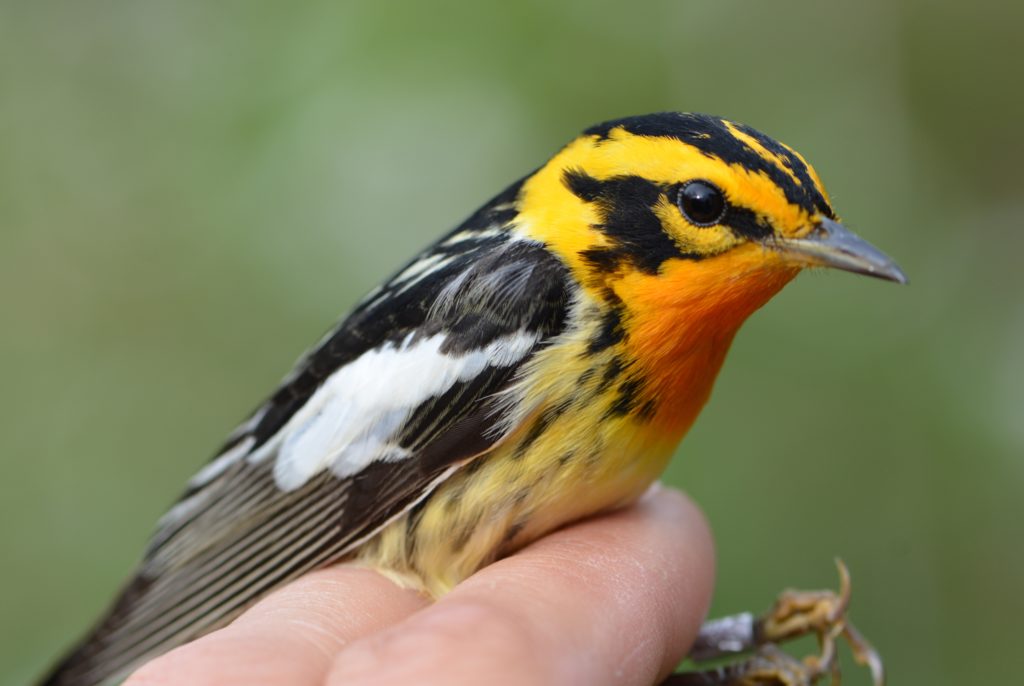
We had to wait until May 18th for our first (and only) Blackburian Warbler, this second-year male. Of course he was gorgeous and worth the wait!
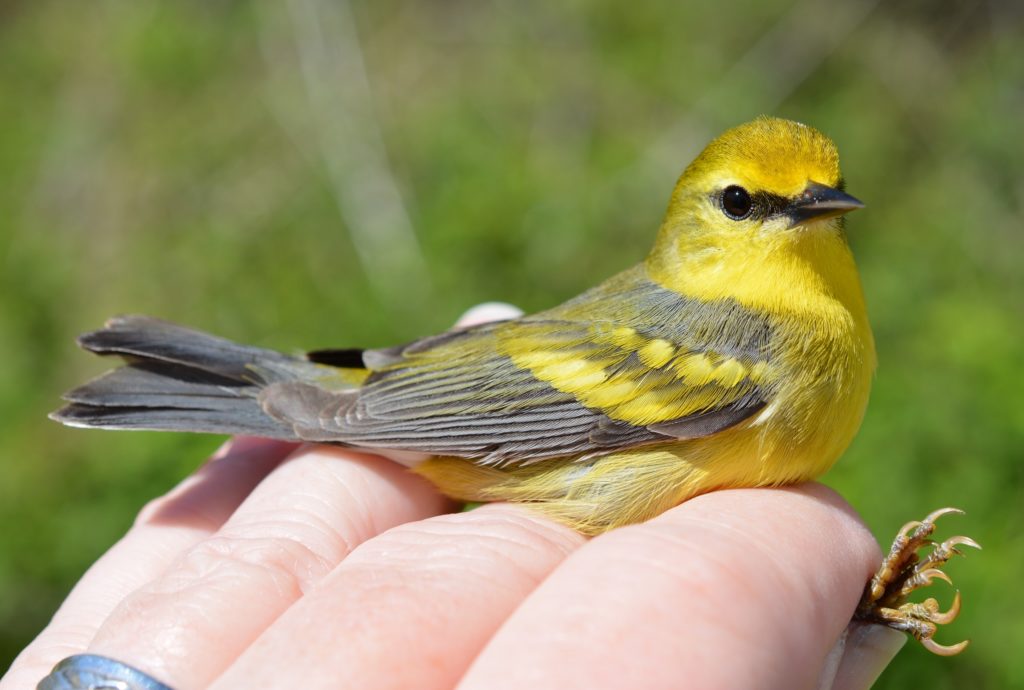
Undoubtedly the star of our warbler lineup this Spring was this adult female Brewster's Warbler, a hybrid resulting from the pairing of a Blue-winged and a Golden-winged Warbler. This was our first of this hybrid warbler banded at Powdermill since August of 2014, and just our 53rd since our start in 1961. She showed up on May 9th and we re-caught her the next day.

And now for some tyrants. Flycatchers, that is, of the family, Tyrannidae. Collectively, we banded 103 individuals from this group. In the #1 spot by a wide margin were the Traill's Flycatchers (we banded 54), followed by the Least Flycatchers (16) and the Eastern Phoebes (14).
The bird pictured here was our only Great-crested Flycatcher, a second-year bird banded on May 20th.
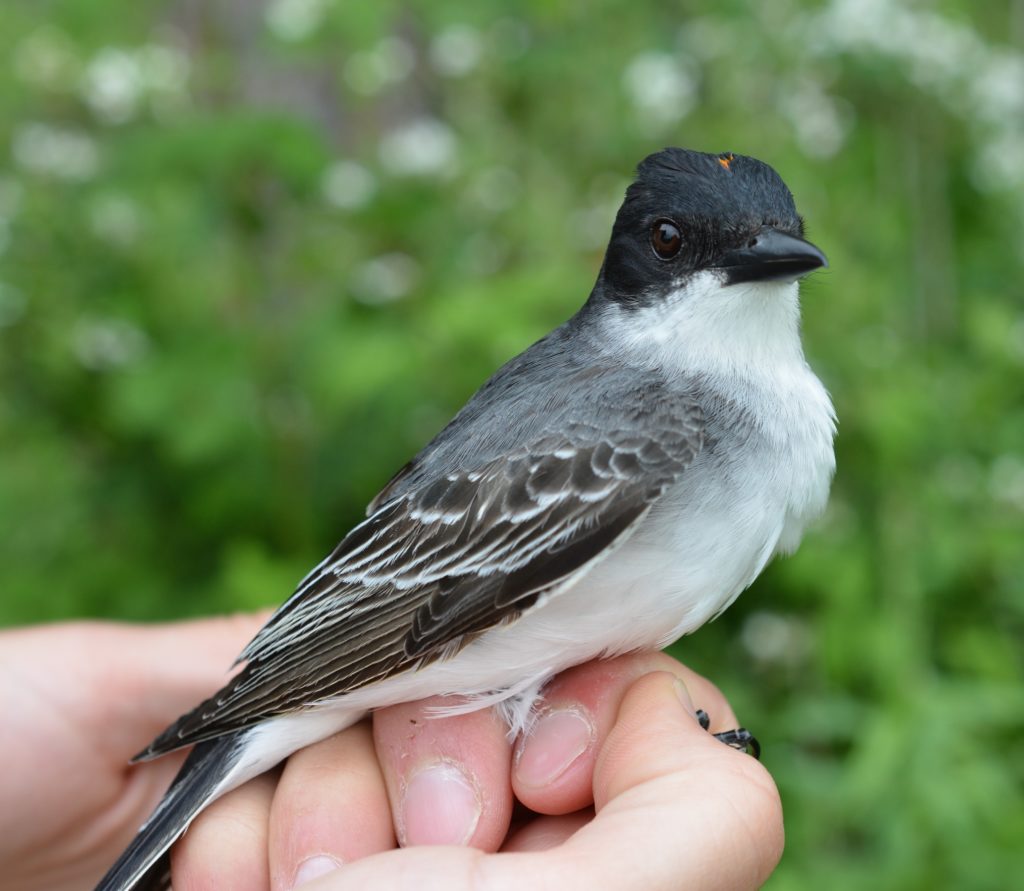
Another less common Tyrannidae visitor for us, this Eastern Kingbird was one of two banded this Spring.
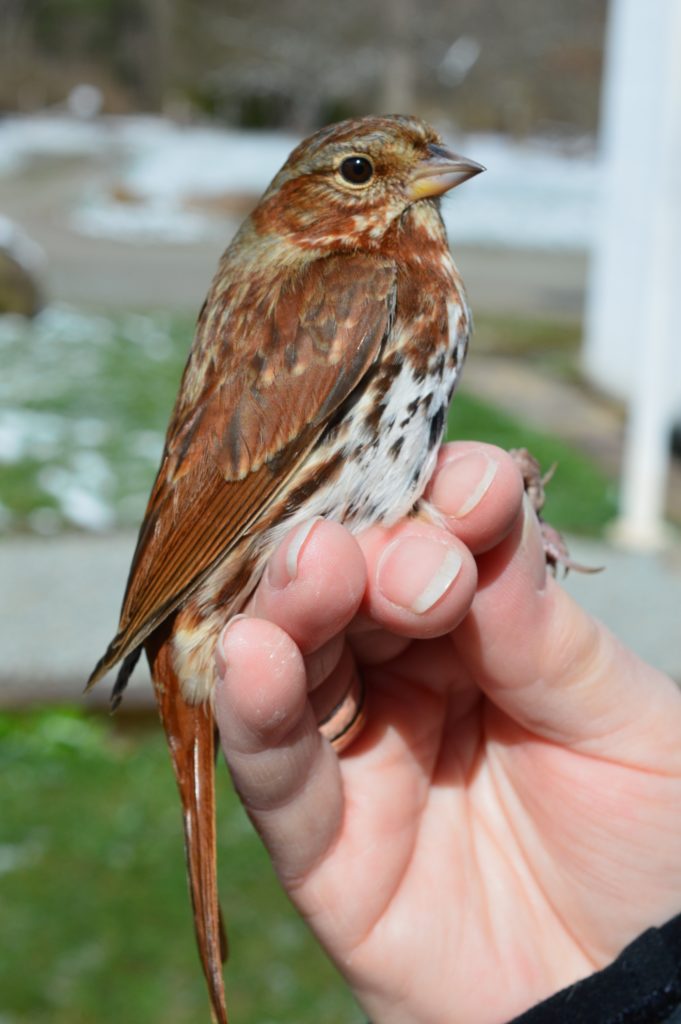
We banded 269 members of the Emberizidae family, which includes sparrows, towhees and juncos. Most frequently it was a Dark-eyed Junco (we banded 87, all before April 12, which was the last we should see of them until fall); second place went to White-throated Sparrows (42) and neck-and-neck for third place were Song Sparrows (36) and Swamp Sparrows (35).
We chose this picture-perfect adult Fox Sparrow for our highlights even though, like the Dark-eyed Juncos, this species heads for its breeding grounds rather early. We banded 22 Fox Sparrow this season, the last of them on April 12th.
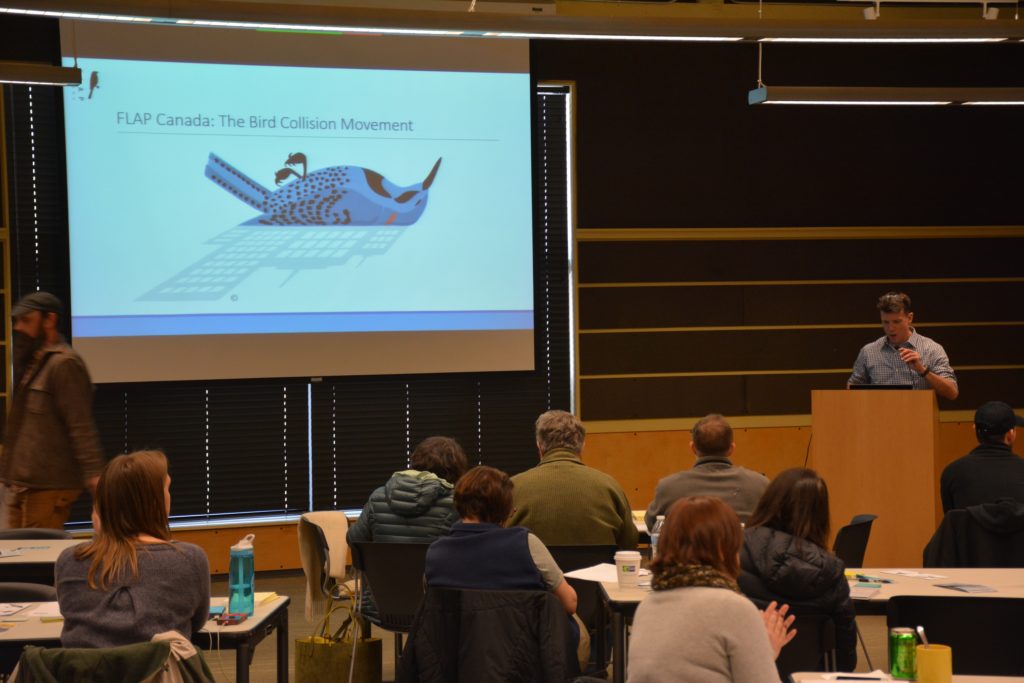
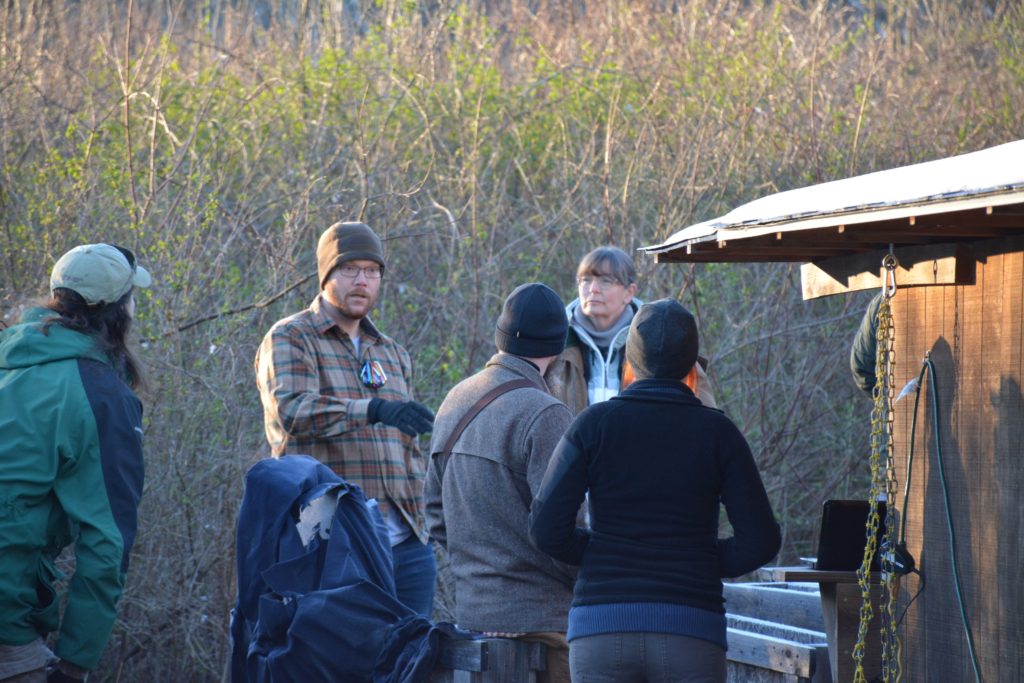
This Spring we hosted the North American Birds and Buildings symposium, bringing together researchers, citizen scientists, conservationists, and advocates working to understand and reduce bird-window collisions.
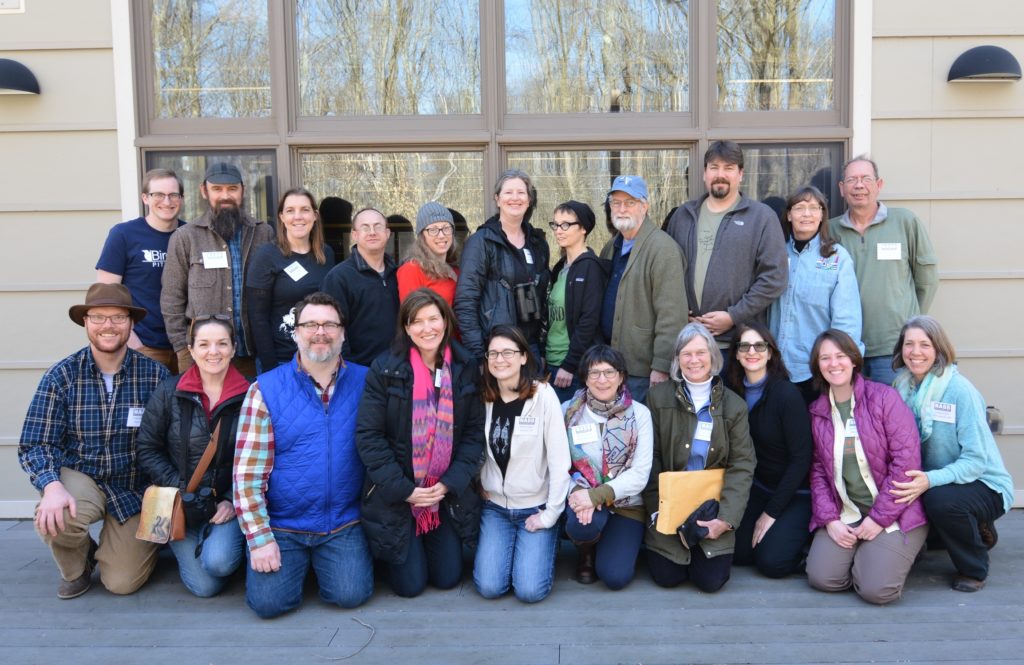
The lineup of speakers included researchers and bird-collision monitors from across the country. We were also able to give attendees a demonstration of our flight tunnel where we test patterned glass prototypes.
To be able to share ideas and learn from all the participants, with more than 100 years of combined experience in the field, was nothing short of amazing. In addition, we were able to form a working group to keep the conversation moving forward and make one more incremental step towards making our world a safer place for birds.
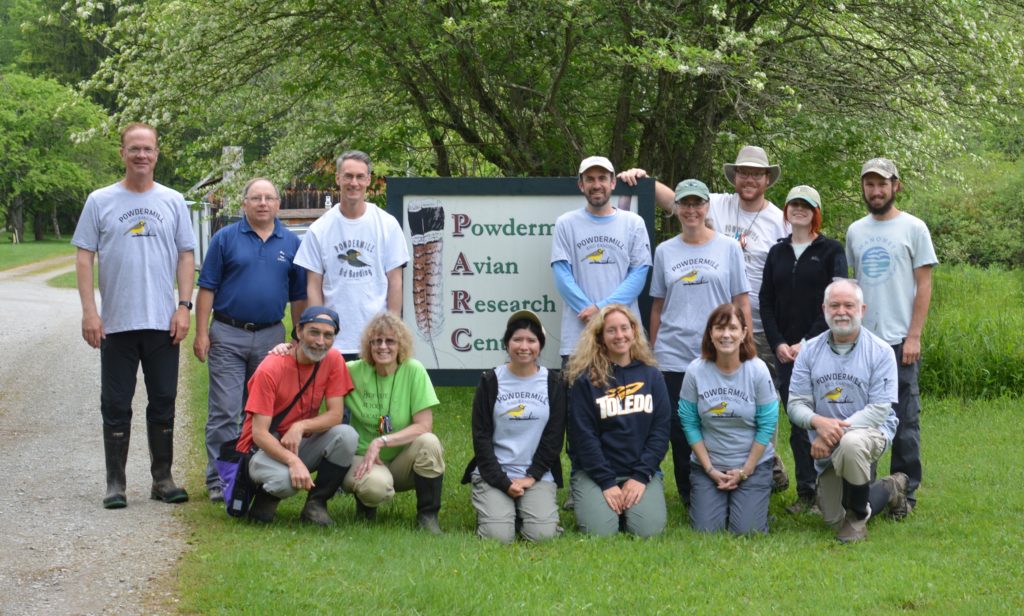
In the first half of May, we held back-to-back banding workshops, beginning with our more advanced Molt Workshop and then our Extraction workshop (participants of the latter session pictured here with PARC staff and volunteers).
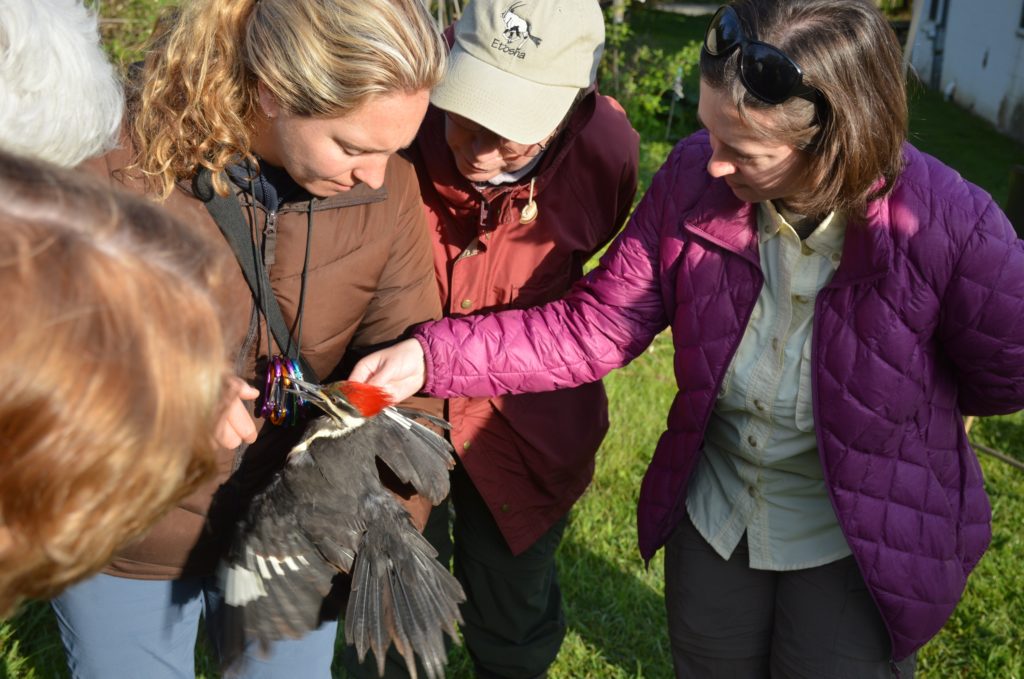
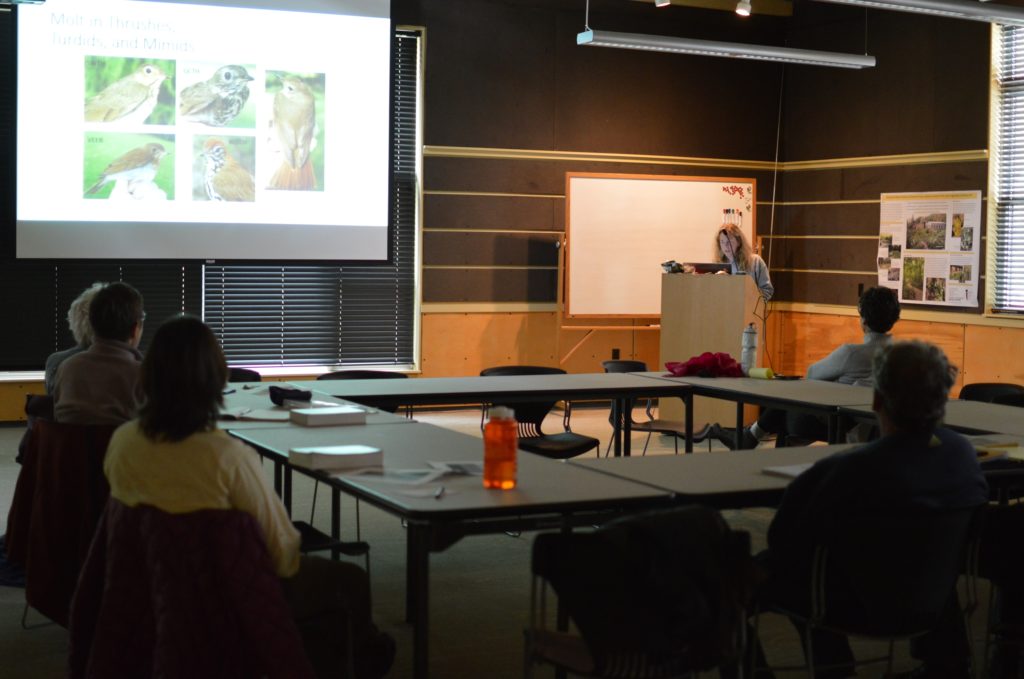
All workshops include hands-on mornings at the lab followed by afternoon lectures on relevant topics presented by trainers certified by the North American Banding Council.
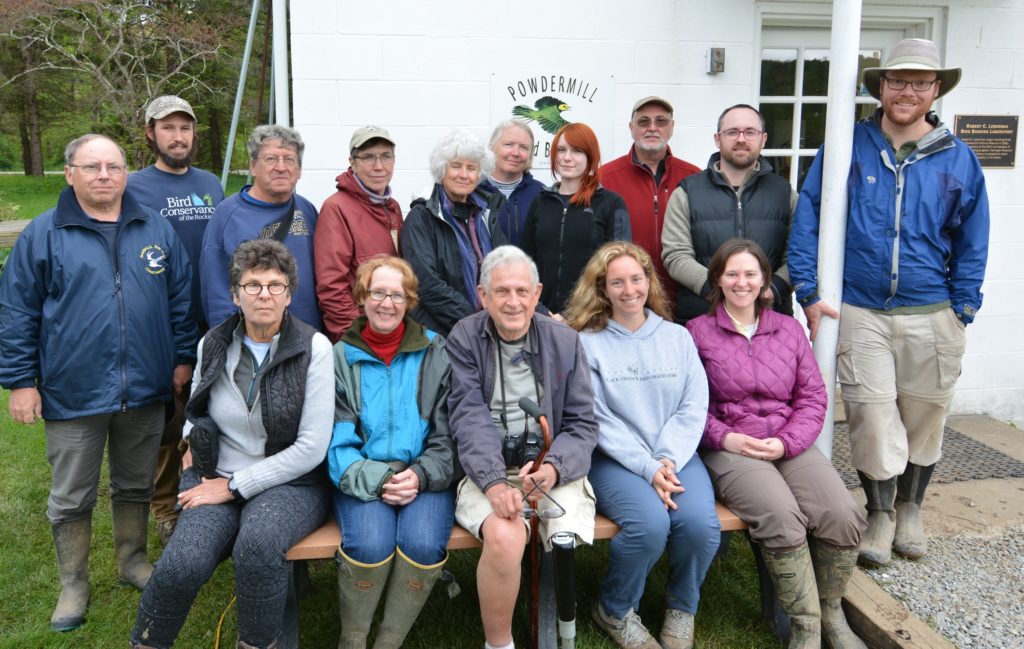
Participants of our Molt Workshop pictured with PARC staff and Bob Leberman (front and center), founder of the Powdermill Banding Program in 1961.
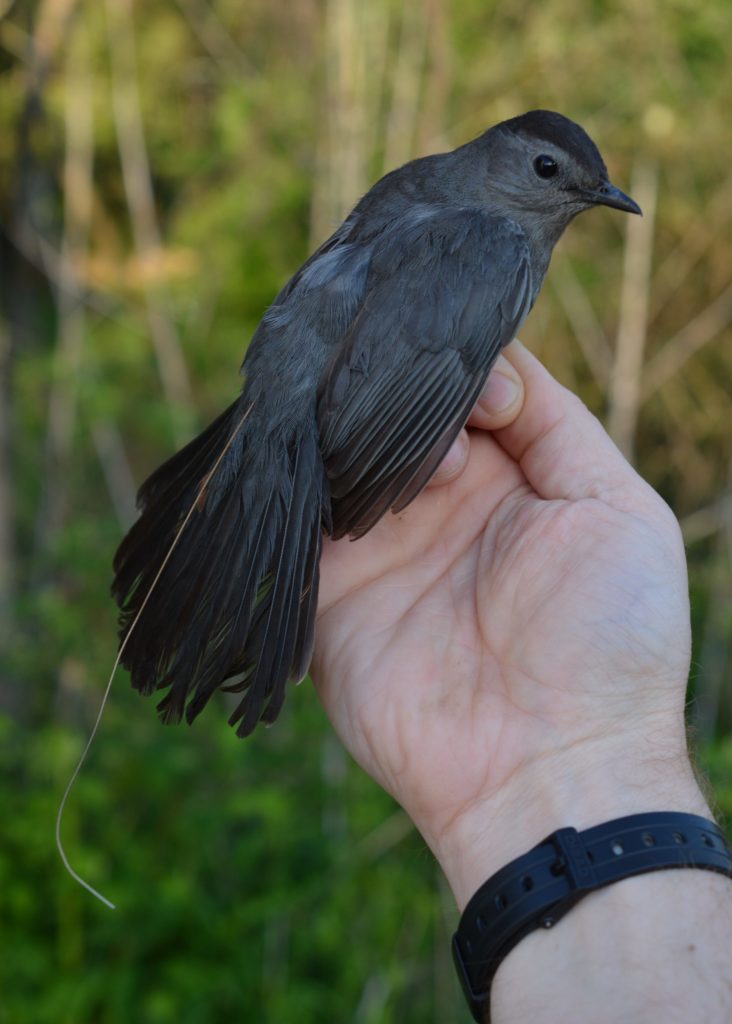
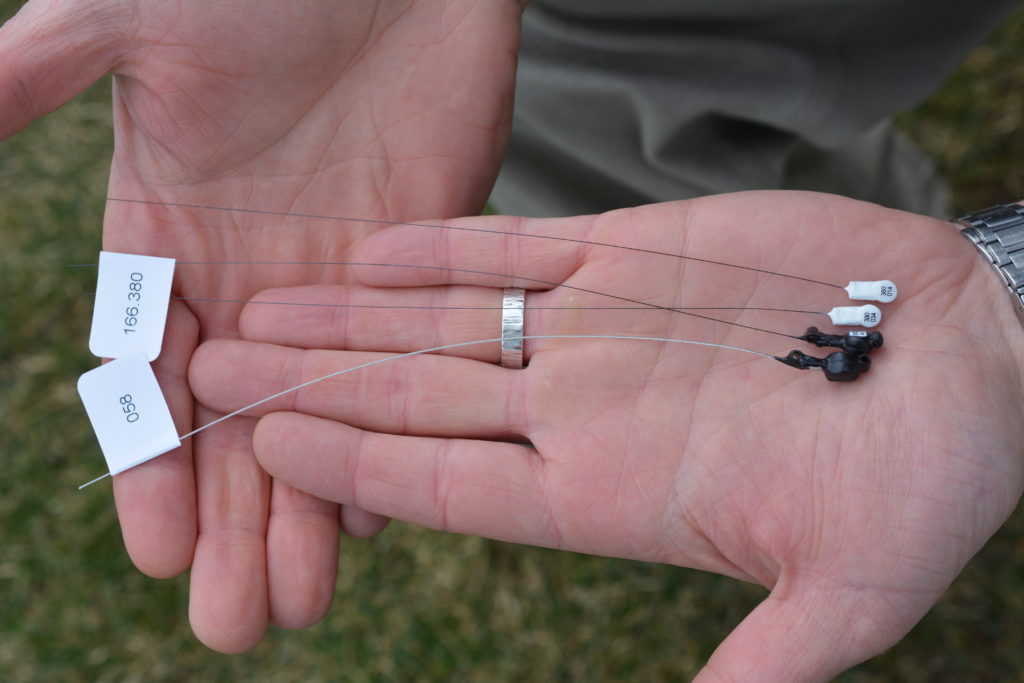
Before we close out these highlights, we thought you would enjoy this story of a Gray Catbird. This individual was banded as a second-year bird on July 16, 2014 (hatched in 2013). She was already at the end of her breeding season, with a brood patch that was wrinkled and dry. We saw her again on July 20, then on August 20 at which point she was molting, or replacing all of her body feathers. After a successful migration and over-wintering in a warmer climate, she returned to Western Pennsylvania in 2015 for her breeding season. We saw her three times in May, and by June 6th she had an active brood patch (again tending a nest). We saw her once in July and then again on September 18th.
This catbird returned to PARC again on May 5, 2016 and on May 11th we outfitted her with a small "nanotag," a transmitter attached to her with a harness similar to a fanny pack (hence the wire protruding from her feathers). We saw her a total of ten times in 2016 (five times in May, three in August with a brood patch and twice in October). She again returned, ever-faithful to her breeding grounds, on May 8 of this year, at which point the transmitter was removed since the battery life had expired. At the time of this writing, we know that she had another successful breeding season in the summer of 2017, complete with brood patch and post-breeding molt.
We can't wait to see what the nanotag data tells us about her movements. These tags transmit a specific signal to a network of Motus towers that researchers have erected in the United States, Canada and now Central and South America to help us better understand how birds migrate and use available resources on both breeding and wintering grounds.
And of course, we hope to see her again next year!
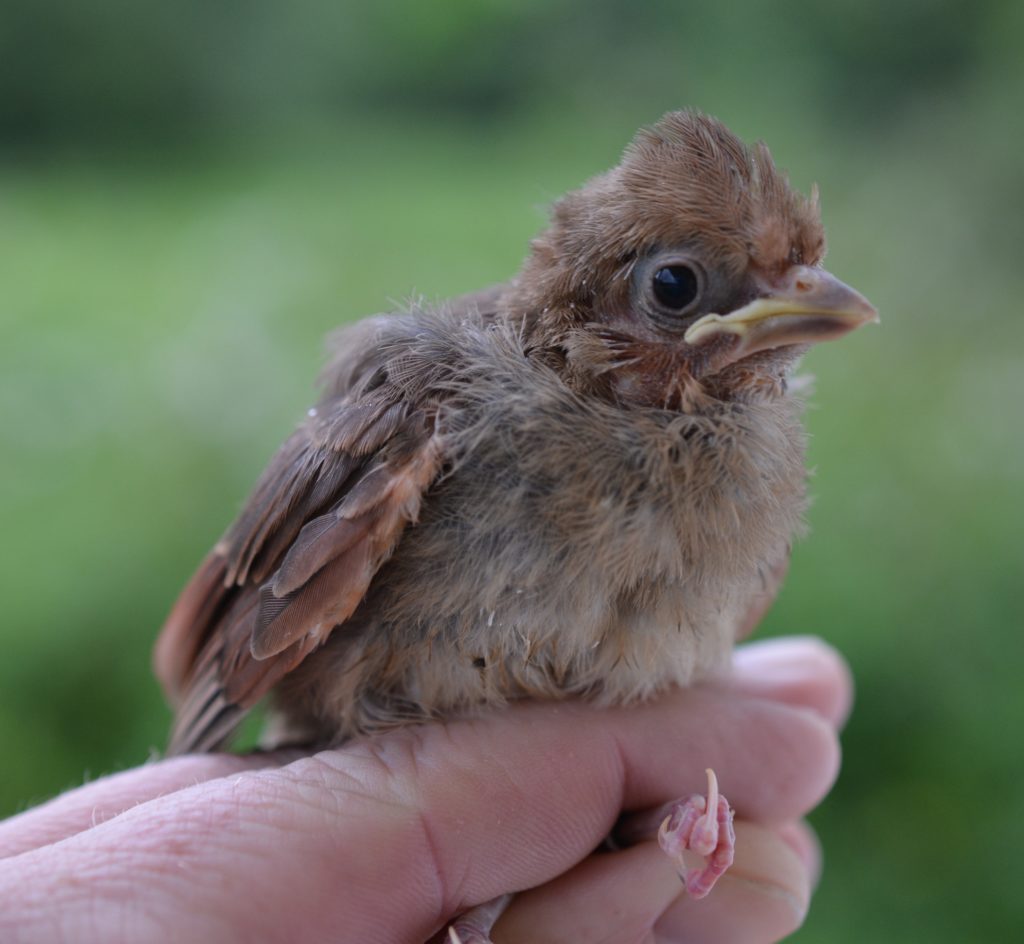
Predictably, as migration began to wane in our last week of Spring banding, we were afforded a glimpse of what the next season has in store-- fledglings!
We banded this "local" Northen Cardinal on May 26th, and we had two newly-fledged Song Sparrows (also pictured) on May 21 and 30.
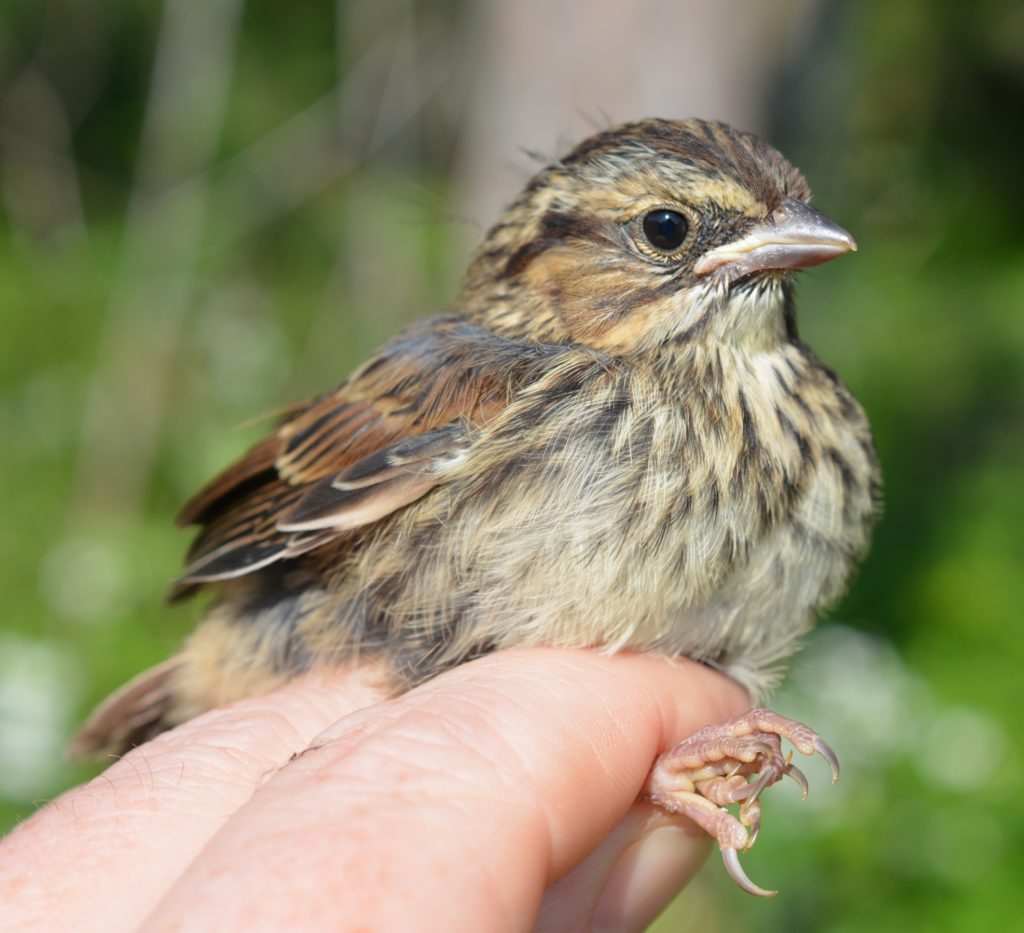
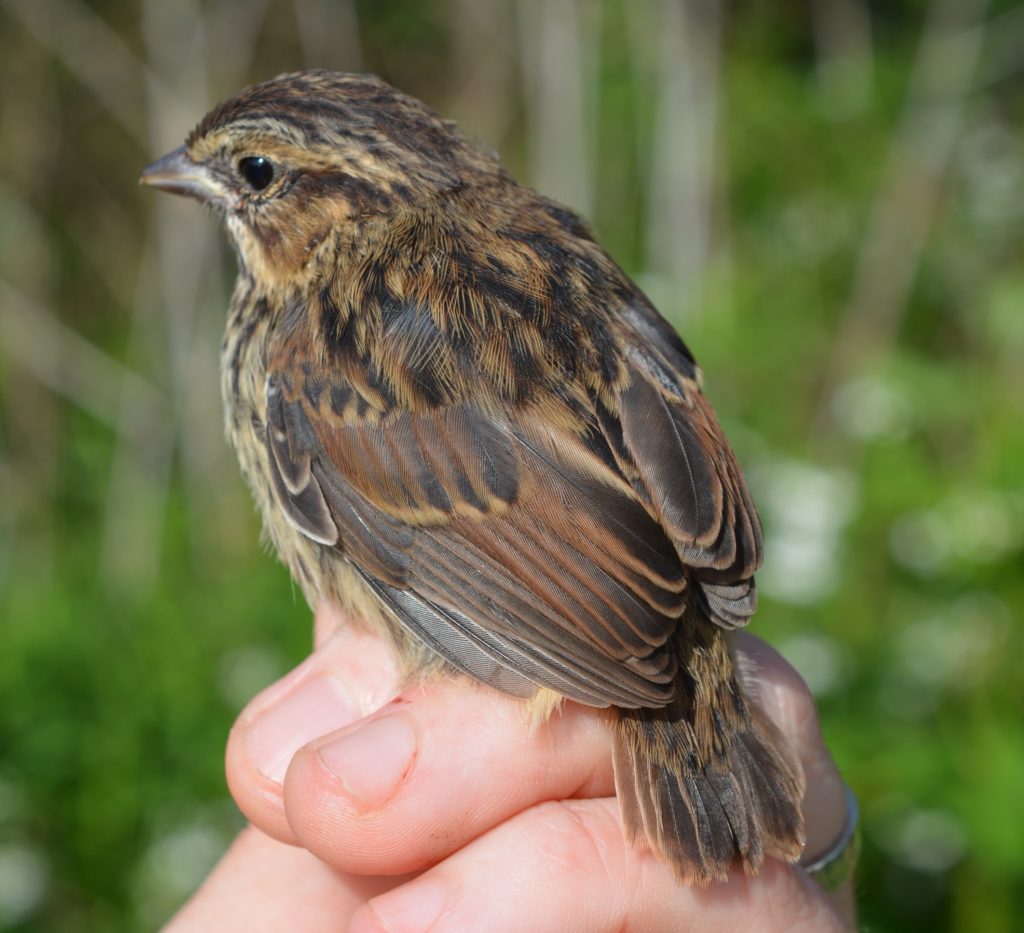
Many thanks to our awesome crew and faithful, hard-working volunteers that helped to make this season possible. We couldn't do it without you!
Find us on Facebook under "Powdermill Nature Reserve" for more highlights!
